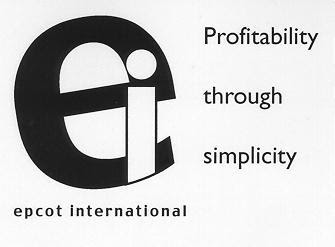Senate and House bills [S2615 (1) And HR 4784 (2)] are an interesting attempt by the US
government to increase competition in the pharmaceutical industry. One would
and if they have not asked the question, should ask why the pharmaceutical
industry has to be coaxed or nudged to compete. Shouldn’t that be the natural
part of the business process for the companies to compete, be the most
profitable and have the largest market share?
A review of the two identical bills suggests that there
are issues with the proposed bills. In my estimation, it is highly unlikely
that the US government or for that matter any government would succeed in
guaranteeing the necessary lower priced generic drug supply. Desire to compete
on product quality, price and profits has to come from within the industry. Government
has to lower the regulatory barrier while holding companies accountable for any
missteps.
Two proposed bills are a half-hearted approach to generate
enthusiasm in the industry but red tape and slow process will mire the path to
reduce time to market.
Language of the proposed bill “The Secretary shall prioritize the review no later than 150
calendar days after the date of the submission of an application that has been
submitted and accepted for review under this subsection, or on a supplement to
such an application” suggests to me very clearly that regulators are the
bottleneck and these bills do not solve the problems.
The
proposed bill suggests intervention by the Secretary “no later than 150
calendar days”. This in itself suggests that is system is flawed. Applications should
be sequentially prioritized as they are filed. If the regulators cannot get the
review completed on a timely basis and get the product commercialized, we all
need to look at the value of the proposed bill. Industry and regulators need to
develop and promulgate a program that that assures quality and safe drugs at
the lowest price on a timely basis.
I suggest
the following modifications to the proposed Senate and House bills. Industry
and the regulators have to on top of their game to deliver the best results.
Since company’s intent is to make profits, they should have
every “t” crossed and “i” dotted about the process and method of manufacture
before they submit review application to the regulators. Industry needs to wean
itself from the regulators. Do this or that or this is missing or explain why is
a clear dialog between the company and regulators is an indicator that the
company does not and would not have command of the process and produce products
by repeated analysis [quality by aggravation].
Company’s submission of the best of the technology, quality
control processes, inventory management and business process information would
be clear indicator that they can commercialize the product as fast as possible.
Such an attempt will reduce the regulatory review process and time. That should
create competition. If the submitted information is flawed or incomplete, the
application under review should be returned to the company for completion and
if the company decides to submit their ANDA application, the process time clock
would start all over again. This would be an excellent indicator of company’s
command and capabilities of commercializing a process that produces quality
products. Repeated back and forth between companies and FDA would suggest there
are serious issues at the companies.
US Legislature has recognized that there are delays in getting
necessary approval from the USFDA. To expedite the process review the “review
clock” should start from the day ANDA approval application is submitted.
Regulators should be given maximum of 150 days from the date of filing to finish
the review and act on the application. If the company has submitted all of the
necessary information and their application can be approved in 150 days or less,
they should be given “priority review voucher” which they can use for future
submissions or sell to any other company. Issuance of priority review vouchers
could be on a sliding scale. If the company’s ANDA application is approved in
90 days, Applicant Company gets two “priority review vouchers” and one
“priority review voucher” if after 120 days.
My conjecture is that the proposed changes in the Senate and
House bill would get the ANDA approved faster, increase competition and lower
costs. A transparent ANDA application progress indicator that is updated on FDA
website would be of great value. Some of the vested interests would intervene
but my hope is that the best should come out that would benefit companies,
patients and the pharmacy benefit managers. Current Senate and House bills are
toothless and worthless as far as lowering drug prices and increasing
competition.
Girish Malhotra, PE
President
EPCOT International
- S.2615 - Increasing
Competition in Pharmaceuticals Act, https://www.congress.gov/bill/114th-congress/senate-bill/2615
- H.R.4784 - Lower Drug Costs
through Competition Act, https://www.congress.gov/bill/114th-congress/house-bill/4784
